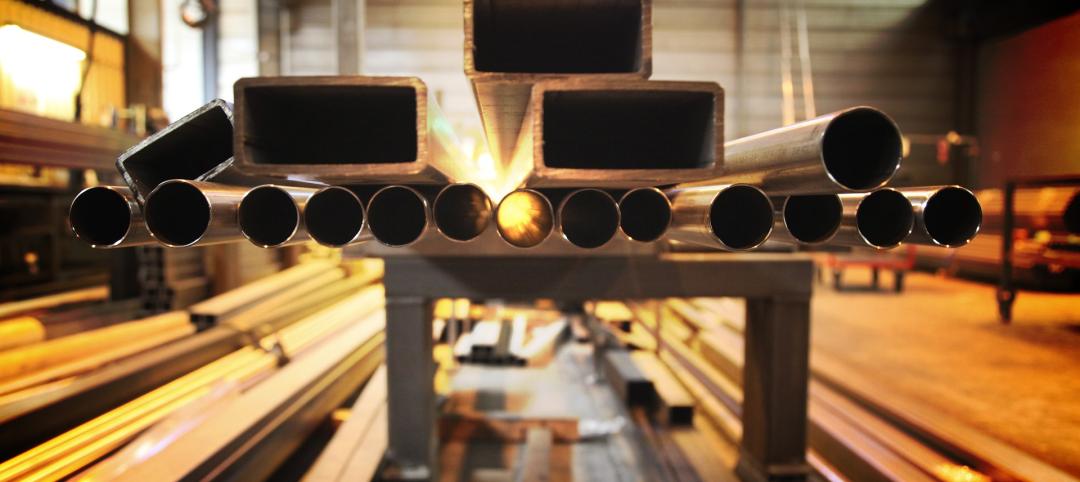In less than half a decade, the wellness movement has taken hold in the global real estate market. As of mid-April, nearly 2,600 building projects across the globe were either certified or registered through the International WELL Building Institute’s WELL Standard or the Center for Active Design’s Fitwel rating system.
Even more impressive, 4,360 design, construction, and real estate professionals have earned their WELL Accredited Professional status, and another 3,485 WELL APs are in the making. Tack on Fitwel’s cadre of 1,900+ “Ambassadors” and active users, and we’re looking at an army 9,400 strong pushing the merits of these programs.
Corporate America also has jumped on the wellness train. In 2017, nearly half of all worksites in the U.S. offered some type of health promotion or wellness program, including an astounding 92% of worksites with 500+ employees, according to the Centers for Disease Control and Prevention.
Clearly, wellness in the workplace has become big business, especially for large employers that hope their investment in healthier, lower-stress work environments will lead to improved employee health and, ultimately, lower healthcare costs.
ALSO SEE: Half of corporate and government offices offer wellness programs (CDC study)
But getting wellness to pay off may not be that simple, or even a wise investment to begin with, as evidenced by a peer-reviewed study published last month in The Journal of the American Medical Association (BDCnetwork.com/WellnessStudy19). The study involved a randomized trial of 32,974 employees across 160 worksites (20 sites with wellness plans, 140 control sites) at a large U.S. warehouse retail company.
First the good news: After 18 months, the worksites with the standardized wellness program had an 8.3-percentage point higher rate of employees who reported engaging in regular exercise (69.8% vs. 61.9%, with an adjusted difference of 0.03) and a 13.6-percentage point higher rate of employees who reported actively managing their weight (69.2% vs. 54.7%).
Now the not-so-positive news: When looking at the traditional measures of health, particularly as they pertain to health insurance premiums—namely cholesterol, blood pressure, and body mass index—there were no significant differences between the treatment group and the control group after 18 months. The same for healthcare spending and utilization, absenteeism, tenure, job performance, sleep quality, and even food choices.
It seems, according to this study at least, that workplace wellness programs can create environments that promote improved health behaviors among employees, but achieving lower healthcare spending and utilization are a stretch.
On another note, the BD+C editorial team needs your input for a first-of-its-kind AEC industry research project. For more than 40 years, BD+C editors have ranked the nation’s largest AEC firms as part of our annual Giants 300 Report. This year, we’re launching a companion research survey focused on tech and innovation trends at AEC Giant firms. If your firm is an AEC Giant and is adopting and vetting advanced tech tools, we invite you to participate in our 10-minute, 11-question Giants Tech and Innovation Survey. The results will be published this fall in BD+C. Take the survey at: BDCnetwork.com/TechSurvey19.
Related Stories
Mechanical Systems | Jun 16, 2023
Cogeneration: An efficient, reliable, sustainable alternative to traditional power generation
Cogeneration is more efficient than traditional power generation, reduces carbon emissions, has high returns on the initial investment, improves reliability, and offers a platform for additional renewable resources and energy storage for a facility. But what is cogeneration? And is it suitable for all facilities?
Multifamily Housing | Jun 15, 2023
Alliance of Pittsburgh building owners slashes carbon emissions by 45%
The Pittsburgh 2030 District, an alliance of property owners in the Pittsburgh area, says that it has reduced carbon emissions by 44.8% below baseline. Begun in 2012 under the guidance of the Green Building Alliance (GBA), the Pittsburgh 2030 District encompasses more than 86 million sf of space within 556 buildings.
Resiliency | Jun 14, 2023
HUD offers $4.8 billion in funding for green and resilient building retrofit projects
The Department of Housing and Urban Development (HUD) recently released guidelines for its Green and Resilient Retrofit Program (GRRP) that has $4.8 billion for funding green projects.
Steel Buildings | May 19, 2023
New manufacturing processes can make steel construction a greener option and add U.S. jobs
“Green steel” that is manufactured using hydrogen generated with renewable energy makes its use as a building material more feasible for environmentally conscious designers and clients. Sustainable manufacturing processes, which are economically viable in the U.S., could also revive steelmaking in the country as the metal becomes more attractive for green building.
Office Buildings | May 15, 2023
Sixteen-story office tower will use 40% less energy than an average NYC office building
This month marks the completion of a new 16-story office tower that is being promoted as New York City’s most sustainable office structure. That boast is backed by an innovative HVAC system that features geothermal wells, dedicated outdoor air system (DOAS) units, radiant heating and cooling, and a sophisticated control system to ensure that the elements work optimally together.
Headquarters | May 9, 2023
New Wells Fargo development in Texas will be bank’s first net-positive campus
A new Wells Fargo development in the Dallas metroplex will be the national bank’s first net-positive campus, expected to generate more energy than it uses. The 850,000-sf project on 22 acres will generate power from solar panels and provide electric vehicle charging stations.
Senior Living Design | May 8, 2023
Seattle senior living community aims to be world’s first to achieve Living Building Challenge designation
Aegis Living Lake Union in Seattle is the world’s first assisted living community designed to meet the rigorous Living Building Challenge certification. Completed in 2022, the Ankrom Moisan-designed, 70,000 sf-building is fully electrified. All commercial dryers, domestic hot water, and kitchen equipment are powered by electricity in lieu of gas, which reduces the facility’s carbon footprint.
Mass Timber | May 1, 2023
SOM designs mass timber climate solutions center on Governors Island, anchored by Stony Brook University
Governors Island in New York Harbor will be home to a new climate-solutions center called The New York Climate Exchange. Designed by Skidmore, Owings & Merrill (SOM), The Exchange will develop and deploy solutions to the global climate crisis while also acting as a regional hub for the green economy. New York’s Stony Brook University will serve as the center’s anchor institution.
Concrete Technology | Apr 24, 2023
A housing complex outside Paris is touted as the world’s first fully recycled concrete building
Outside Paris, Holcim, a Swiss-based provider of innovative and sustainable building solutions, and Seqens, a social housing provider in France, are partnering to build Recygénie—a 220-unit housing complex, including 70 social housing units. Holcim is calling the project the world’s first fully recycled concrete building.
Green | Apr 21, 2023
Boston to adopt stringent climate-friendly building code
Boston will soon adopt a new stringent green state building code that aims to significantly reduce carbon emissions in new construction and major renovations.

















